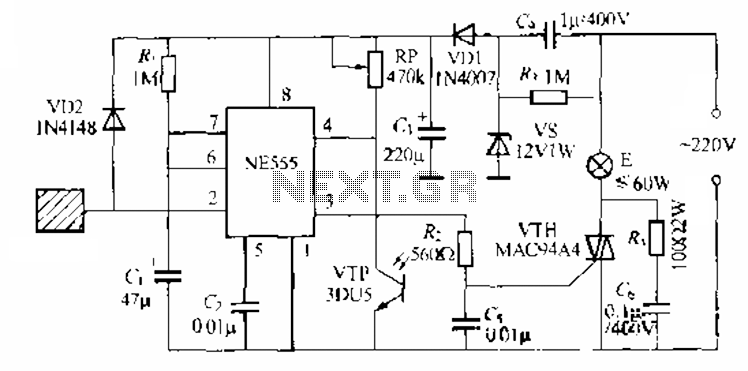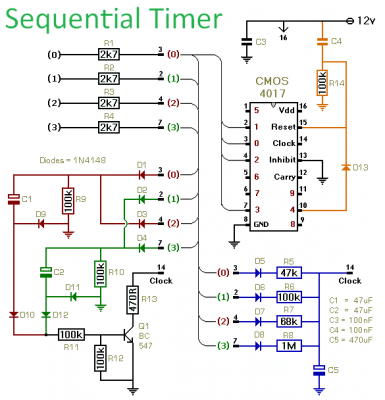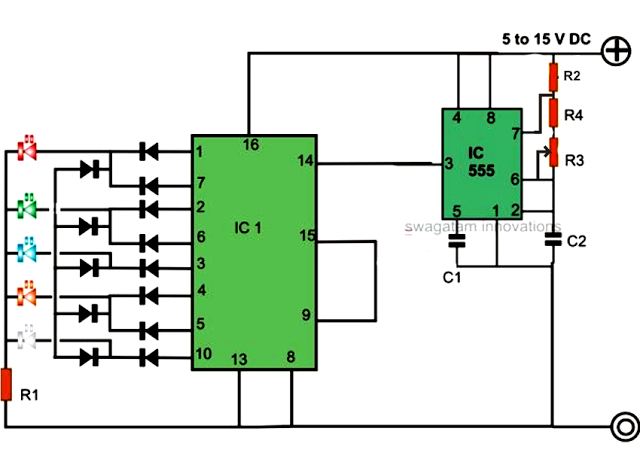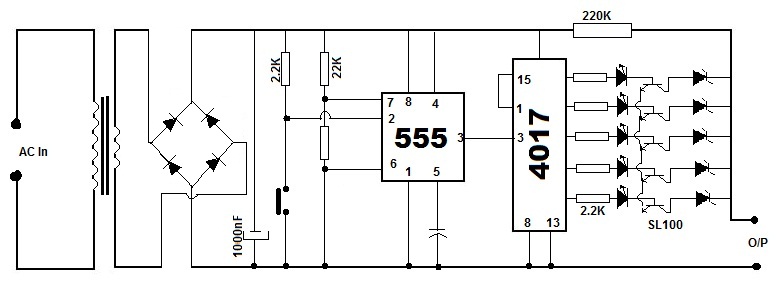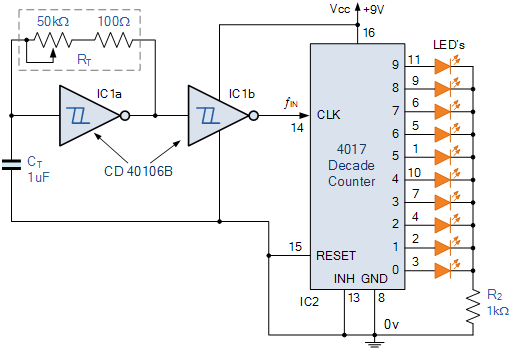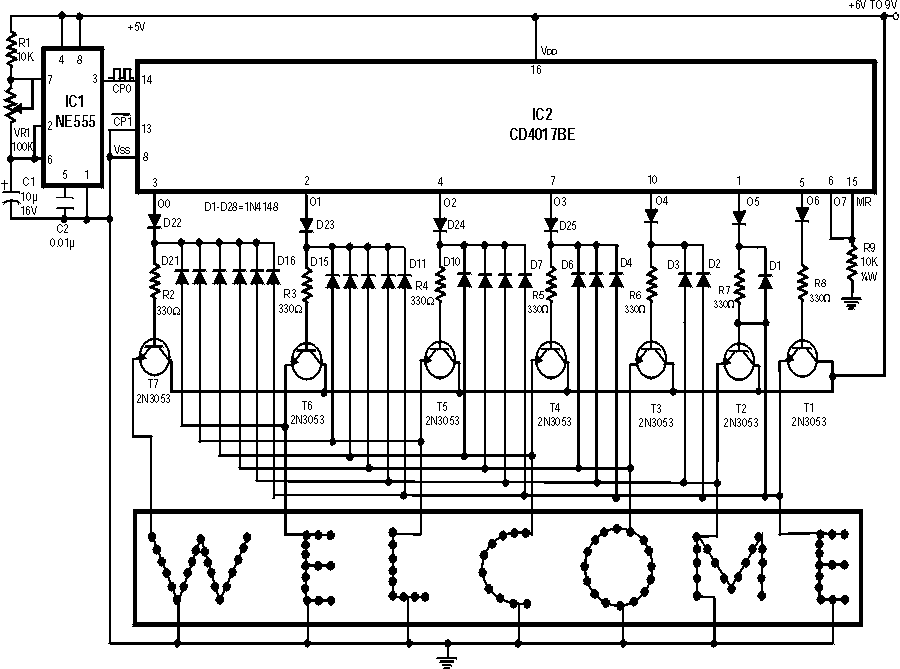
1 Hz Timebase by IC 4017
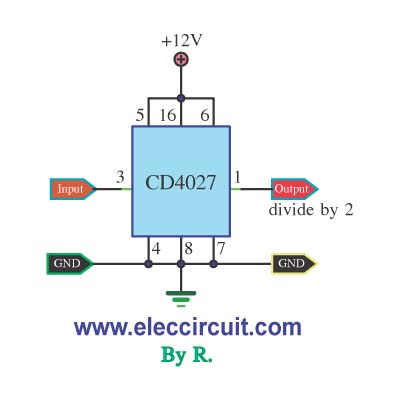
This circuit functions as a frequency divider, converting an input frequency of 10 Hz to an output frequency of 1 Hz. It is designed as a 10-divider circuit, which is particularly useful for applications such as standard digital clocks that require a 1 Hz signal from a square wave input.
The 10-divider circuit can be implemented using various electronic components, including flip-flops, counters, and logic gates. A common approach is to use a series of flip-flops configured in a cascade arrangement. For instance, a binary counter composed of four flip-flops can be employed to achieve the desired division. Each flip-flop in the circuit toggles its output state with each clock pulse it receives, effectively dividing the frequency by two for each stage.
In this specific application, a square wave signal at 10 Hz serves as the input. The first flip-flop receives this signal and toggles its output at 5 Hz. The output of the first flip-flop is then fed into the second flip-flop, which further divides the frequency to 2.5 Hz. Continuing this process through additional flip-flops ultimately yields an output frequency of 1 Hz after the fifth flip-flop.
To enhance the reliability of the circuit, it is advisable to include debouncing circuitry if the input signal is derived from mechanical switches or contacts. Additionally, the circuit can be optimized for power consumption and response time, depending on the specific requirements of the application.
In summary, this 10-divider circuit effectively transforms a 10 Hz square wave input into a stable 1 Hz output, making it suitable for use in digital clocks and other timing applications.I used input frequency 10Hz to output 1Hz.This is a 10 divider circuit. When we need a standard digital clock 1 Hz. but we have the input signal is square wave.. 🔗 External reference
The 10-divider circuit can be implemented using various electronic components, including flip-flops, counters, and logic gates. A common approach is to use a series of flip-flops configured in a cascade arrangement. For instance, a binary counter composed of four flip-flops can be employed to achieve the desired division. Each flip-flop in the circuit toggles its output state with each clock pulse it receives, effectively dividing the frequency by two for each stage.
In this specific application, a square wave signal at 10 Hz serves as the input. The first flip-flop receives this signal and toggles its output at 5 Hz. The output of the first flip-flop is then fed into the second flip-flop, which further divides the frequency to 2.5 Hz. Continuing this process through additional flip-flops ultimately yields an output frequency of 1 Hz after the fifth flip-flop.
To enhance the reliability of the circuit, it is advisable to include debouncing circuitry if the input signal is derived from mechanical switches or contacts. Additionally, the circuit can be optimized for power consumption and response time, depending on the specific requirements of the application.
In summary, this 10-divider circuit effectively transforms a 10 Hz square wave input into a stable 1 Hz output, making it suitable for use in digital clocks and other timing applications.I used input frequency 10Hz to output 1Hz.This is a 10 divider circuit. When we need a standard digital clock 1 Hz. but we have the input signal is square wave.. 🔗 External reference
